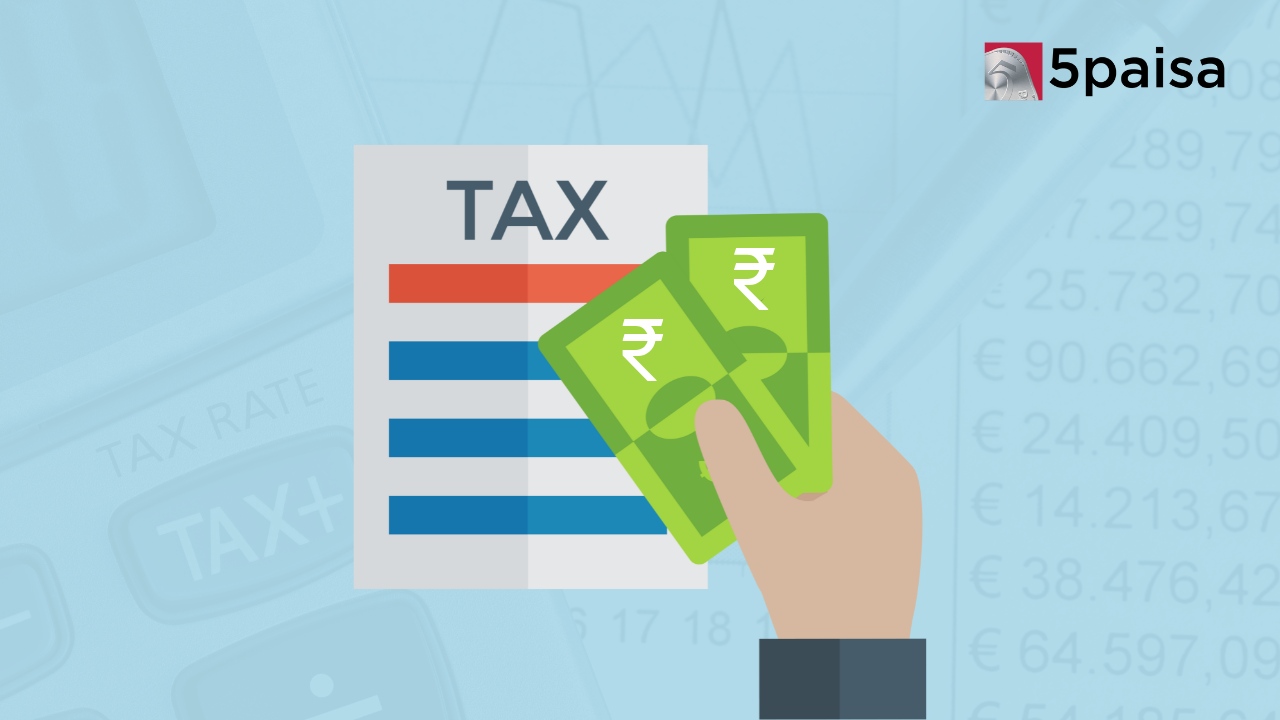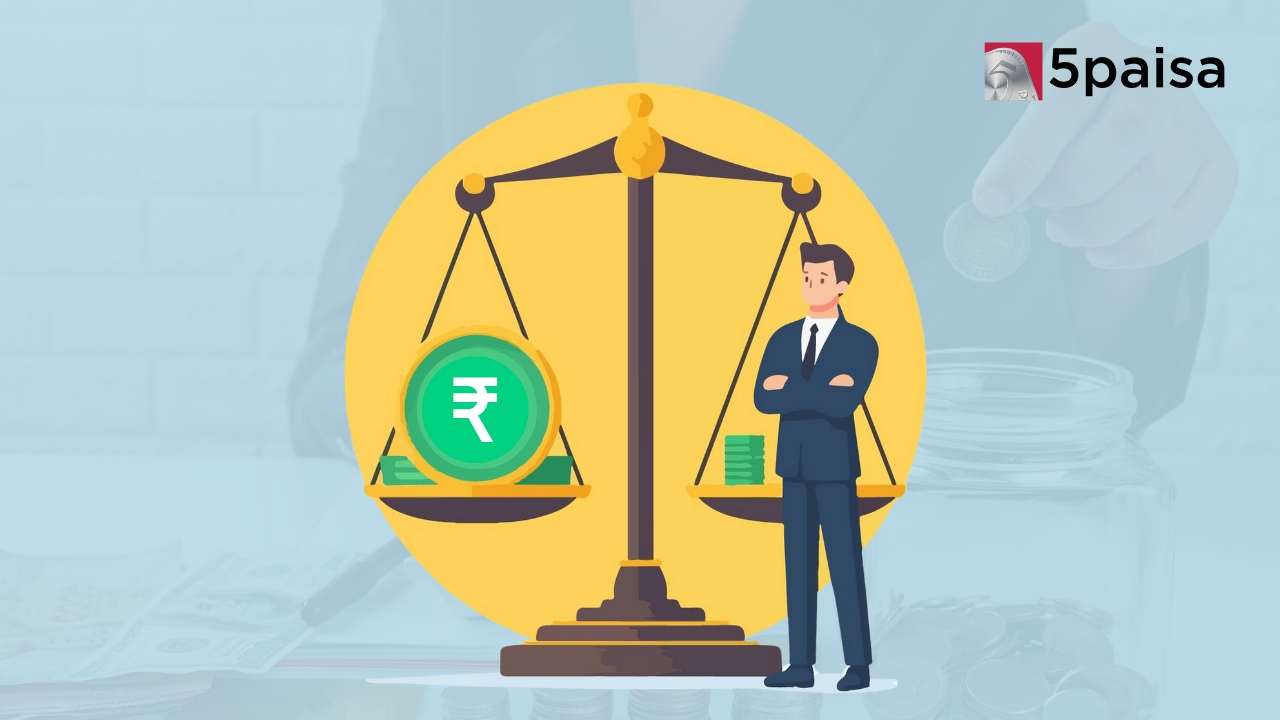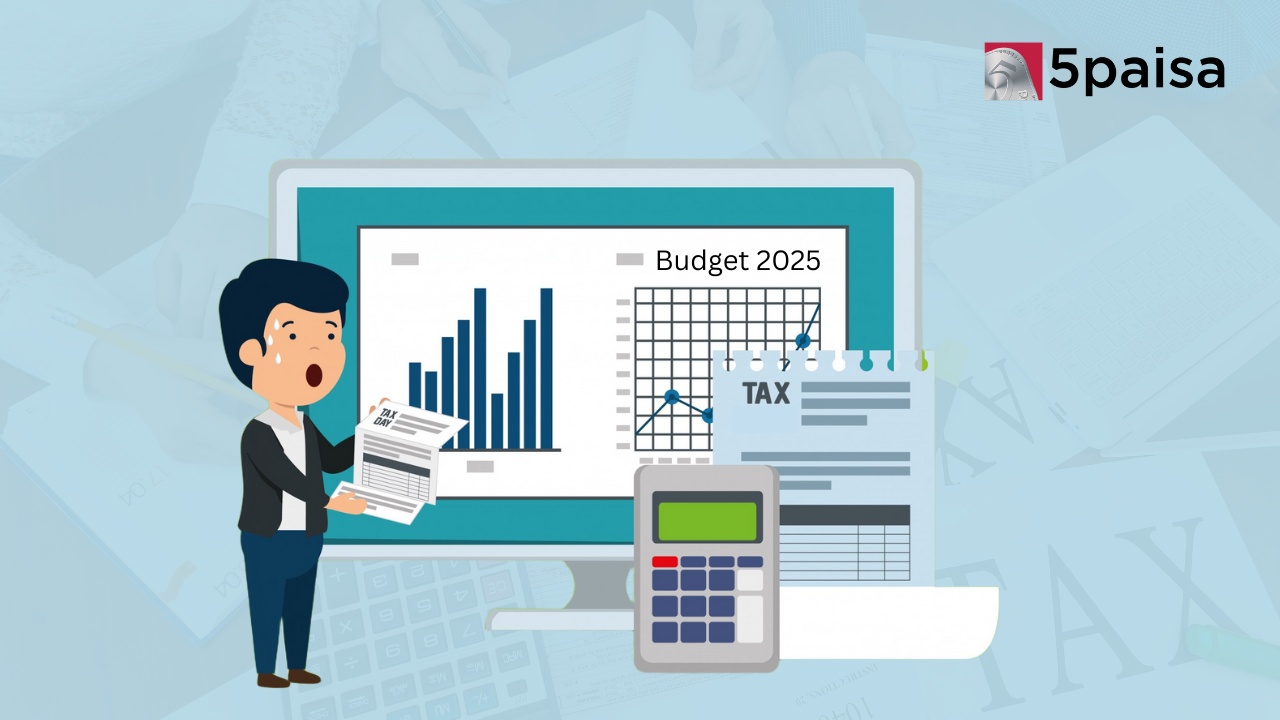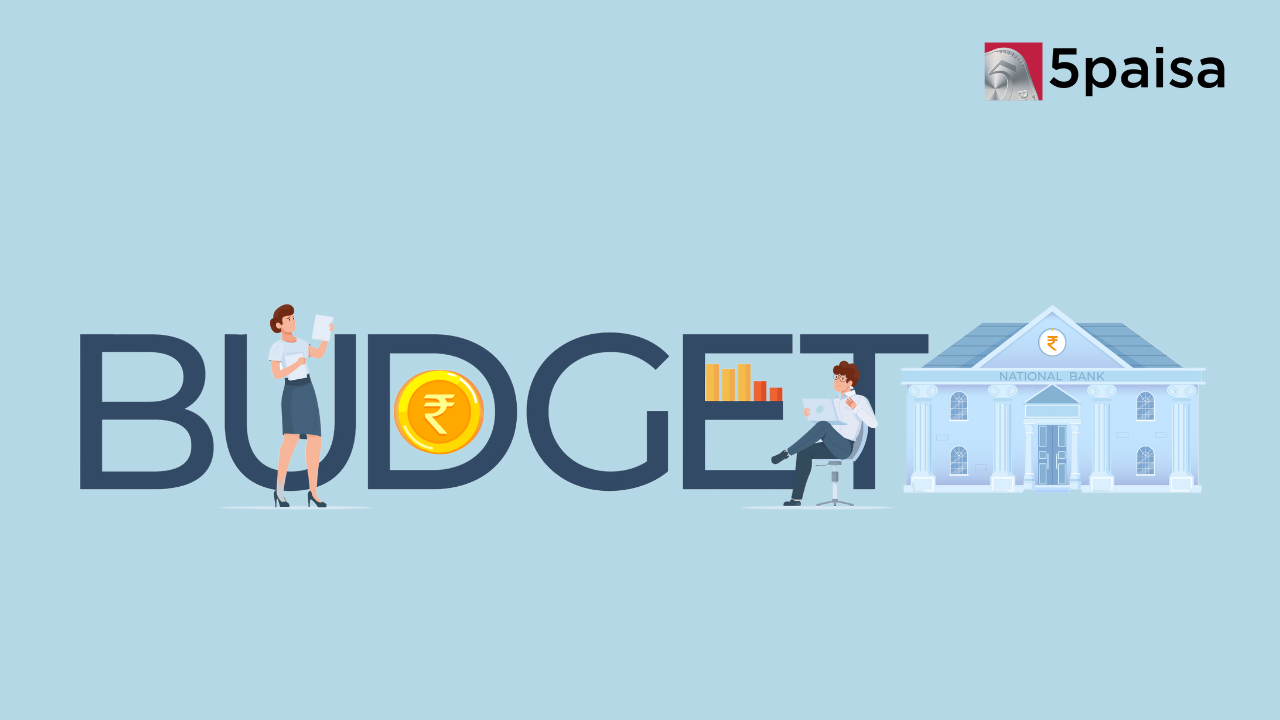Nirmala Sitharaman to Present Economic Survey 2025 Today
Are Deductions Like Home Loan, 80C, HRA Available in New Tax Regime? | Union Budget 2025-26 Expectations

Over the past few Union Budgets, the central government has been refining the New Tax Regime by introducing certain deductions and offering relaxations. As the Budget 2025 approaches, financial experts are pushing for key modifications, including the inclusion of House Rent Allowance (HRA), an increase in Section 80C tax deduction limits, and a standard deduction hike to ₹1 lakh.
Finance Minister Nirmala Sitharaman is set to unveil the Union Budget 2025 on February 1, 2025, marking her first budget presentation since the full-fledged Modi 3.0 regime budget. Taxpayers are hopeful for lower tax rates and higher exemption thresholds to alleviate financial pressure amid rising inflation and evolving consumption patterns.
With the cost of living escalating and disposable incomes shrinking, the spotlight remains on the New Tax Regime, which has been actively promoted by the government. Analysts argue that integrating HRA exemptions, enhancing Section 80C deductions, and raising the standard deduction to ₹1 lakh would offer significant relief to taxpayers.
Standard Deduction
Introduced in the Union Budget 2020, the New Tax Regime aimed to simplify tax structures by offering reduced tax rates in exchange for the removal of certain exemptions and deductions available under the old system, such as the standard deduction and HRA benefits.
Currently, the standard deduction of ₹50,000 is available to all salaried individuals and pensioners, regardless of their income bracket, under both the Old and New Tax Regimes. However, Budget 2024 saw FM Sitharaman increase the standard deduction for salaried employees opting for the New Tax Regime to ₹75,000.
Looking ahead to Budget 2025, salaried individuals anticipate further relief from tax burdens. In response to persistent inflation and rising costs in transportation and healthcare since FY 2018-19, experts suggest that the Finance Minister should consider raising the standard deduction to at least ₹1.20 lakh. This adjustment would reflect the actual annual expenses of a salaried individual, estimated at ₹10,000 per month on transport and medical costs.
Historically, the standard deduction was removed in FY 2005-06 but later reinstated in 2018 by the late Finance Minister Arun Jaitley. At the time, he introduced a standard deduction of ₹40,000, replacing previous exemptions on transport allowance and medical reimbursements. Jaitley’s 2018 budget speech emphasized that this measure aimed to reduce paperwork and compliance while easing the tax burden on middle-class employees.
Section 80C and Tax-Saving Investments
Taxpayers can lower their taxable income by investing in eligible financial instruments or making specified expenditures under Section 80C of the Income Tax Act, 1961. This section allows for a maximum deduction of ₹1.5 lakh, covering various savings and investment options, including Life Insurance Corporation (LIC) policies and Public Provident Fund (PPF) contributions.
Eligible Investments Under Section 80C
Taxable Income Reduction: Individual taxpayers and Hindu Undivided Families (HUFs) can claim deductions under Section 80C, but businesses, partnership firms, and LLPs are excluded. The combined maximum deduction under Sections 80C, 80CCC, and 80CCD(1) is ₹1.5 lakh.
Additional Deduction Under Section 80CCD(1B): Taxpayers can claim an extra ₹50,000 deduction, further lowering taxable income.
Provident Fund Contributions: Investments in schemes such as the Employees' Provident Fund (EPF) and Public Provident Fund (PPF) qualify for deductions. Employee contributions to EPF are deductible under Section 80C, whereas employer contributions, while tax-free, do not qualify for deduction under this section.
Home Loan Deductions: Under Section 80EE, individuals can claim tax benefits on home loan principal repayments. Additionally, home loan interest payments qualify for deductions of up to ₹50,000 per financial year.
PPF Contributions: Investments in PPF accounts offer tax benefits under Section 80C, with a maximum annual contribution limit of ₹1.5 lakh and a current interest rate of 7.1%.
HRA Exemptions and Expected Changes
One of the most requested reforms from taxpayers is the inclusion of HRA exemptions in the New Tax Regime. At present, HRA benefits are only available under the old system, enabling substantial tax savings for salaried individuals. The exemption is determined based on the following:
- Actual HRA received
- 50% of the basic salary for metro city residents (40% for non-metro residents)
- Rent paid minus 10% of the basic salary
Tax professionals argue that incorporating HRA exemptions into the New Tax Regime would make it a more viable and attractive option, particularly for individuals facing significant housing expenses.
As Budget 2025 draws near, taxpayers remain hopeful that these proposed changes will be addressed to create a more balanced and beneficial tax structure.
- Flat ₹20 Brokerage
- Next-gen Trading
- Advance Charting
- Actionable Ideas
Trending on 5paisa
Budget Related Articles
Disclaimer: Investment in securities market are subject to market risks, read all the related documents carefully before investing. For detailed disclaimer please Click here.

 5paisa Research Team
5paisa Research Team




